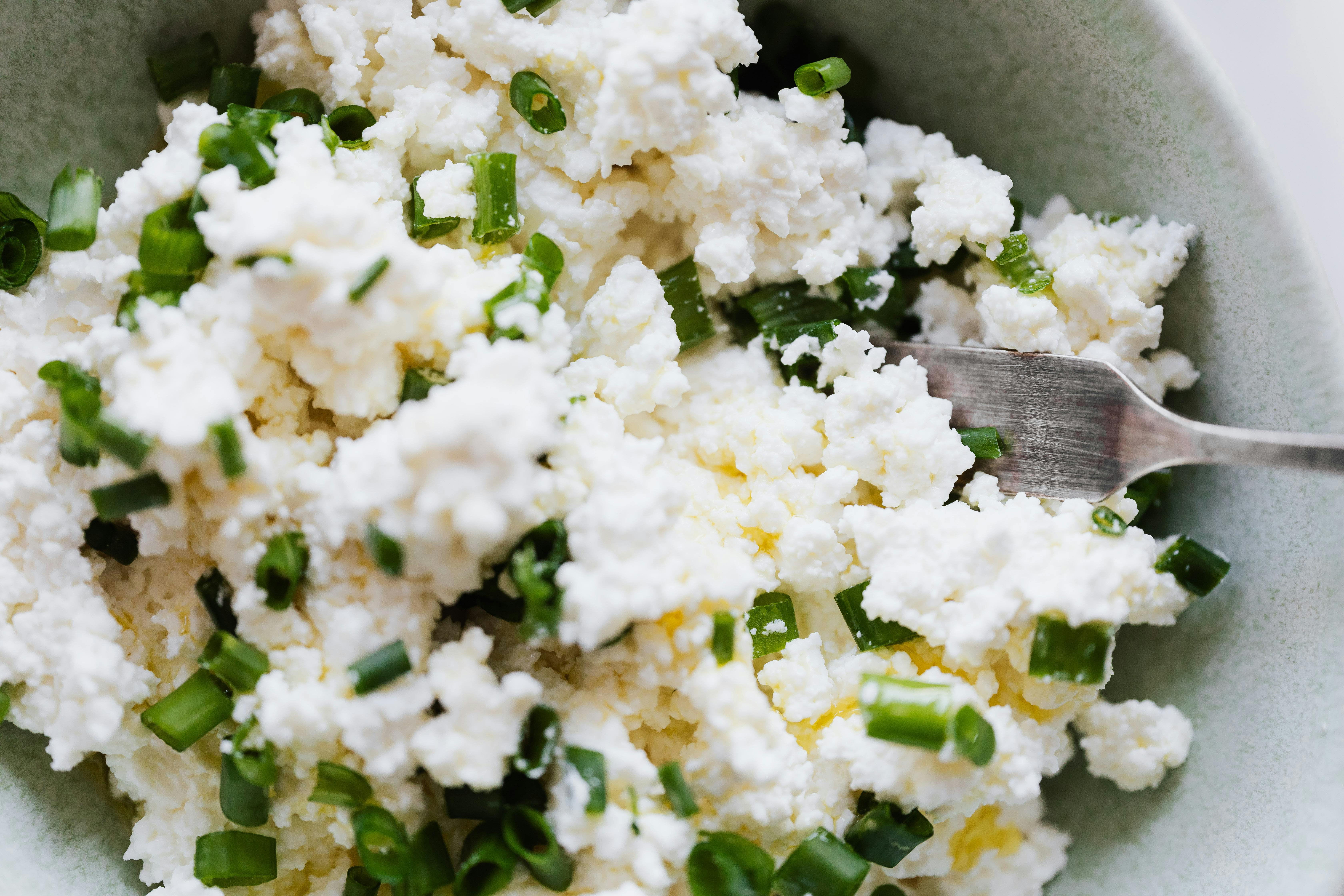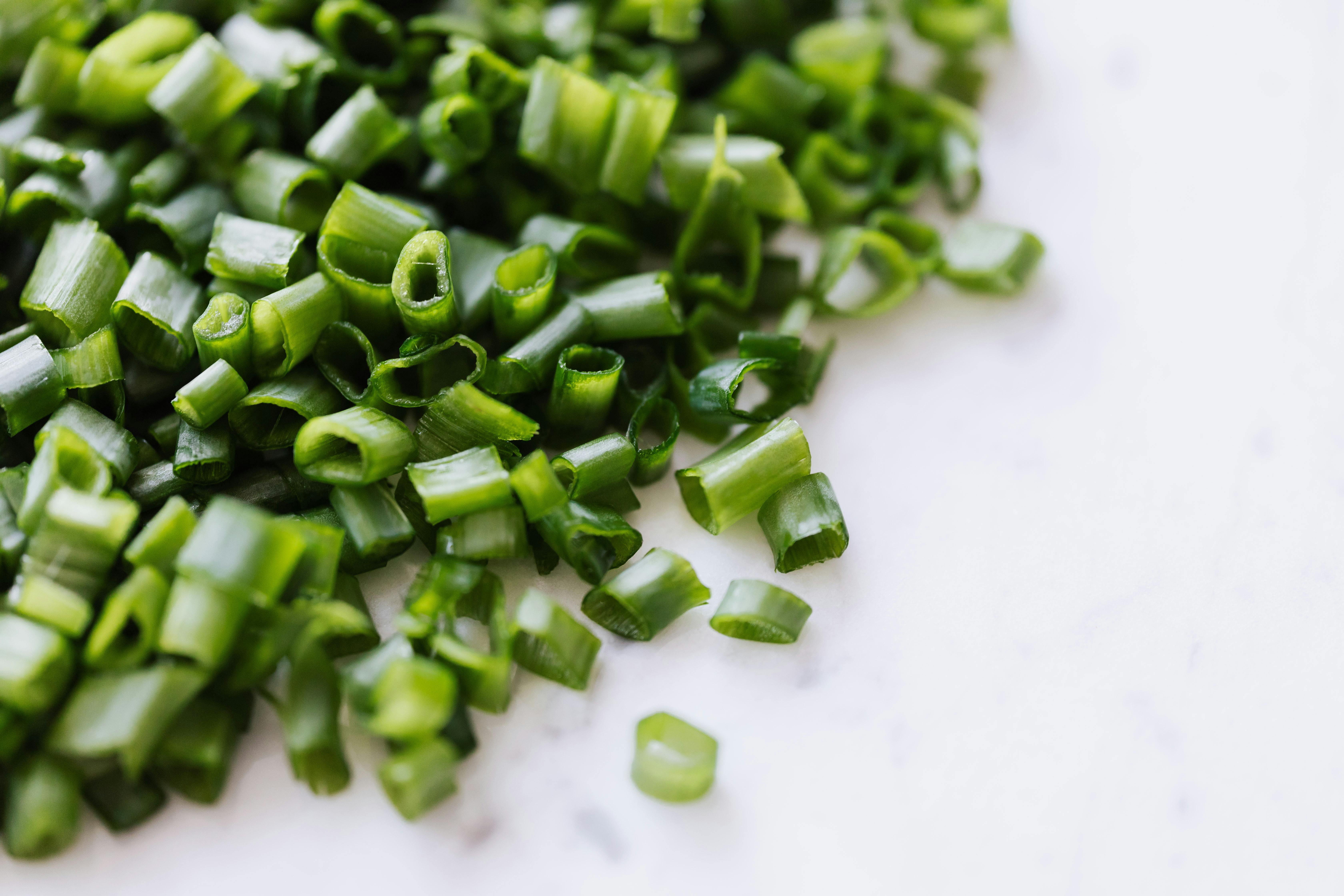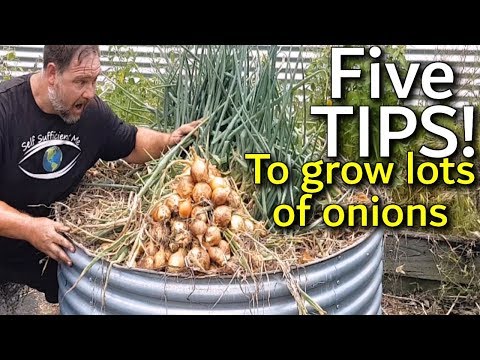Onions are a popular vegetable to plant in gardens for their easy-to-grow nature and high yield. Planting onions is a simple process that can be achieved even by those with limited gardening experience. With the correct instructions, you can have your own onion crop in no time. In this guide, we will provide step-by-step instructions on how to properly plant onions so that you can enjoy the fruits of your labor for many months to come.Preparing the soil for planting onions is an important step in ensuring a successful onion crop. First, make sure the soil is free of weeds and debris by cultivating the soil with a garden tiller or hoe. Work in a 2-3 inch layer of compost or aged manure to add organic matter to the soil. Onions prefer a soil pH of 6.0-6.8, so if you have not tested your soil, it is recommended that you do so to make sure it falls within this range. If necessary, adjust the pH levels of the soil with lime or sulfur as recommended by your soil test results. Finally, mix in 1-2 pounds of an all-purpose fertilizer per 100 square feet of garden space and rake the area smooth before planting your onions.
Choosing the Right Onion Variety
Onions are a versatile vegetable that is used in many dishes. They come in a variety of shapes, sizes, and flavors, so it can be difficult to choose the right onion for your recipe. When selecting an onion, you should consider the flavor profile, texture, and size of the onion.
Flavor is one of the most important factors to consider when selecting an onion. Onions can range from sweet and mild to sharp and pungent. Sweet onions such as Vidalia or Walla Walla are best used raw or lightly cooked in salads or salsas. If you’re looking for a more pungent flavor, try yellow onions or red onions. These types of onions have a sharper flavor and work best when cooked in soups, stews, casseroles, and sauces.
Texture is also an important factor to consider when choosing an onion. Onions can range from firm and crunchy to soft and juicy. Firm onions like yellow or white onions are better for sautéing and roasting while softer varieties like Vidalia onions are better for caramelizing or pickling.
Size is also something to take into consideration when selecting an onion for your recipe. Smaller onions such as pearl onions are perfect for pickling while larger varieties such as red or sweet onions are ideal for grilling or roasting whole.
When it comes to choosing the right onion variety for your recipe, it’s important to consider flavor profile, texture, and size. By taking all these factors into account, you can choose an onion that will elevate your dish to the next level!
Planting Onions in Rows
Onions are a popular vegetable to grow in the home garden, and are relatively easy to care for. Planting onions in rows is the most common way to grow them, as it makes it easier to tend to them and harvest them when they are ready. When planting onions in rows, it is important to follow a few steps to ensure success.
The first step is to prepare the soil for planting. Onions grow best in well-drained soil that has plenty of organic matter mixed into it. The soil should be tilled or dug up before planting so that there are no large clumps of dirt or debris. It is also important to add some fertilizer or compost before planting so that the plants have plenty of nutrients for growth.
Once the soil has been prepared, it is time to plant the onions. Onions should be planted about six inches apart, with each onion being its own individual plant. For optimal results, make sure each onion is planted at least two inches deep into the soil and gently press down around it so that it is secure in place.
After all of the onions have been planted, mulch should be added around them for extra protection from weeds and pests. A layer of straw or wood chips can work well for this purpose and will help keep moisture levels consistent throughout the growing season. Finally, water regularly after planting and throughout the growing season as needed; this will help ensure that your onions get off to a good start!
Sowing Onion Seeds Outdoors
Onion seeds can be sown outdoors from late March to early April. Before sowing, prepare the soil by digging it over and removing any weeds or debris. Aim to create a fine, level seedbed. If your soil is heavy or clay-based, mix in some organic matter such as compost or well-rotted manure to improve drainage and soil structure.
Once the soil is ready, scatter the onion seeds directly onto the surface of the bed. Cover lightly with soil and then firm down gently with your hands or a hoe. Water regularly to keep the surface moist until the seedlings have germinated. You should start to see them emerge within two weeks of sowing.
If you’re using onion sets instead of seeds, plant these at least 5cm apart in a shallow drill 1cm deep in late March or April for a summer harvest. Alternatively, you can plant them in October for an overwintering crop that will be ready for harvesting from June onwards.
When your onions are large enough to handle without damaging the plants (usually when they are about 5cm tall), thin them out so that they are spaced 10-15cm apart in rows 30cm apart. This will give each onion plenty of room to grow into large bulbs when ready for harvesting later on in the season.
Planting Onion Sets Outdoors
Onion sets are small bulbs that can be planted outdoors in the spring to produce full-sized onions. Planting onion sets is a great way to get a jump start on the growing season and have onions ready for harvest earlier than if you were to start from seed. When planting onion sets outdoors, it is important to make sure they are planted in an area that gets plenty of sun and has well-draining soil. It is also important to plant the onion sets at the proper depth, spacing them 6-8 inches apart in rows that are 12-18 inches apart. Once planted, keep the soil around the onion sets moist but not overly wet. As the onion sets begin to grow, you may need to thin out extra plants so there is enough space for the remaining plants to grow properly. With proper care, your onion sets should produce a good harvest of delicious onions in no time!

Planting Onion Seedlings Outdoors
Onions are a popular vegetable for home gardeners, and they are easy to grow. Planting onion seedlings outdoors is a straightforward process that can be done in a matter of minutes. Here are the steps you need to take to get your onions growing:
1. Choose an area of your garden that receives at least six hours of direct sunlight each day. Onions need lots of sun to thrive, so make sure the area you select is well lit throughout the day.
2. Prepare the soil for planting by turning it over and removing any weeds or debris. Onions do best in soil that is loose, well-draining, and rich in nutrients, so add some compost or fertilizer before planting to ensure that your onions will get all the nutrients they need.
3. Plant the onion seedlings at least 6 inches apart from each other to give them enough room to grow and spread out their roots. Make sure you plant them deep enough so that only the green tops are showing above the soil line.
4. Water your onions deeply right after planting and keep up with regular watering throughout their growing season, especially during dry spells or hot weather. It’s important to keep the soil consistently moist but not soggy, as too much water can cause your onions to rot or develop fungal diseases.
5. Mulch around your onions with straw or grass clippings to help conserve moisture in the soil and keep weeds from taking over your onion patch.
With these simple steps, you’ll have fresh onions ready for harvest in no time!
Transplanting Onions from Containers
Transplanting onions from containers is a great way to get a jump start on your onion crop. Onions are best planted in early spring, so getting them started in containers can give you an extra few weeks of growth. Transplanting onions from containers is easy and can be done anytime after the last frost date for your area. Here’s how to do it:
First, select a container that’s at least 8 inches deep and 12 inches wide. The container should have good drainage, so it’s best to choose one with several drainage holes in the bottom. Fill the container with a quality potting soil mix that drains well and contains organic matter.
Once the container is filled, add your onion sets or transplants to the soil. Plant the onions about 2 – 3 inches apart and make sure they are planted at least one inch deep in the soil. Water the soil well after planting.
Place the container in an area that receives full sunlight for at least 6 hours a day and make sure to keep it consistently moist by watering regularly. When watering, make sure not to overwater as this can cause root rot or other fungal diseases.
When transplanting onions from containers, wait until they are at least 4 – 6 inches tall before moving them outdoors into their permanent spot in your garden or raised bed. Make sure to harden off any plants that have been grown indoors before transplanting them into their new location by gradually exposing them to direct sunlight over a week or two.
Once outdoors, be sure to keep up with regular watering and fertilizing as needed. With proper care, you should be harvesting delicious onions within 6 – 8 weeks!
Spacing Out Onions
Onions are a versatile vegetable that can be used in many dishes, from salads to stir fries. They are also quite easy to grow in the home garden, and they do not require too much space. When it comes to spacing out onions, it is important to consider how much room the plants need for proper growth and development. To ensure that your onions get enough space, follow these simple steps.
First, decide on the type of onion you will be growing. Different types of onions have different needs when it comes to spacing. For example, short-day onions need about 6 inches of space between plants while long-day onions require 8 inches of space between them.
Next, prepare the soil for planting. Onions prefer well-drained soil with a pH level of 6-7. Once the soil has been prepared, it is time to mark off where each individual plant will go. Place stakes at each spot and use a string or measuring tape to measure out the appropriate distance between each stake. This will help ensure that your plants have enough space for proper growth.
Finally, when it’s time to plant your onions, dig small holes at each spot you marked off earlier and carefully place an onion bulb into each hole. Make sure that the bulbs are firmly planted and cover them with soil so they can receive adequate water and nutrients as they grow.
By following these steps, you can ensure that your onions get enough space for proper growth and development in your home garden!

Conclusion
Onions are a great addition to any garden, and with the right soil, climate, and care they can make a wonderful addition to your meals. Planting onions can be a rewarding experience that will give you a bountiful harvest of flavorful onions. To get the best results from your onion crop, make sure that you plan ahead and choose the right variety for your area. Prepare the soil with compost or manure before planting and water deeply throughout the season. With proper care, you’ll have delicious onions all season long!
So there you have it – everything you need to know about how to plant onions. Now that you know what to do, why not give it a try this year? You may be surprised by how much fun growing your own onions can be!

